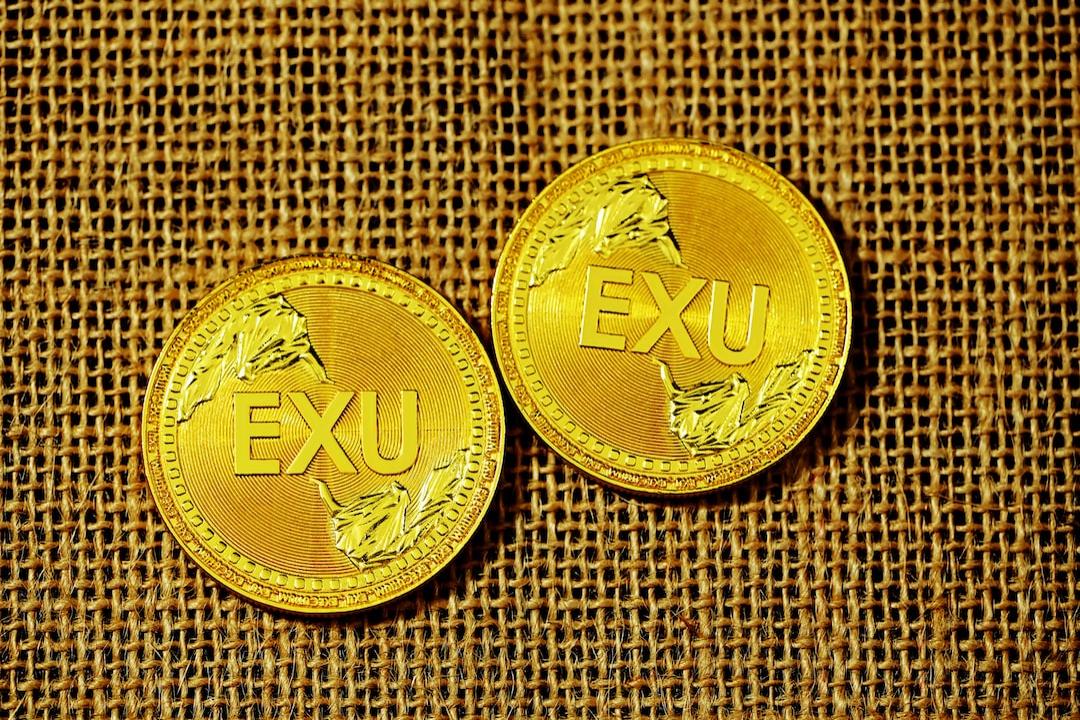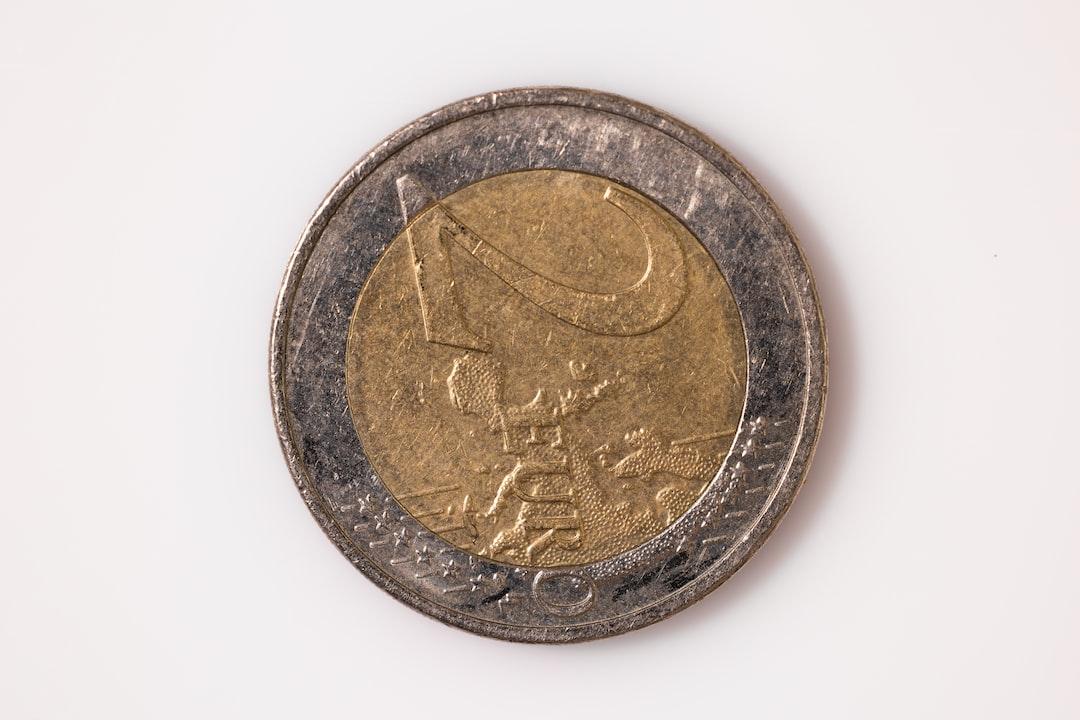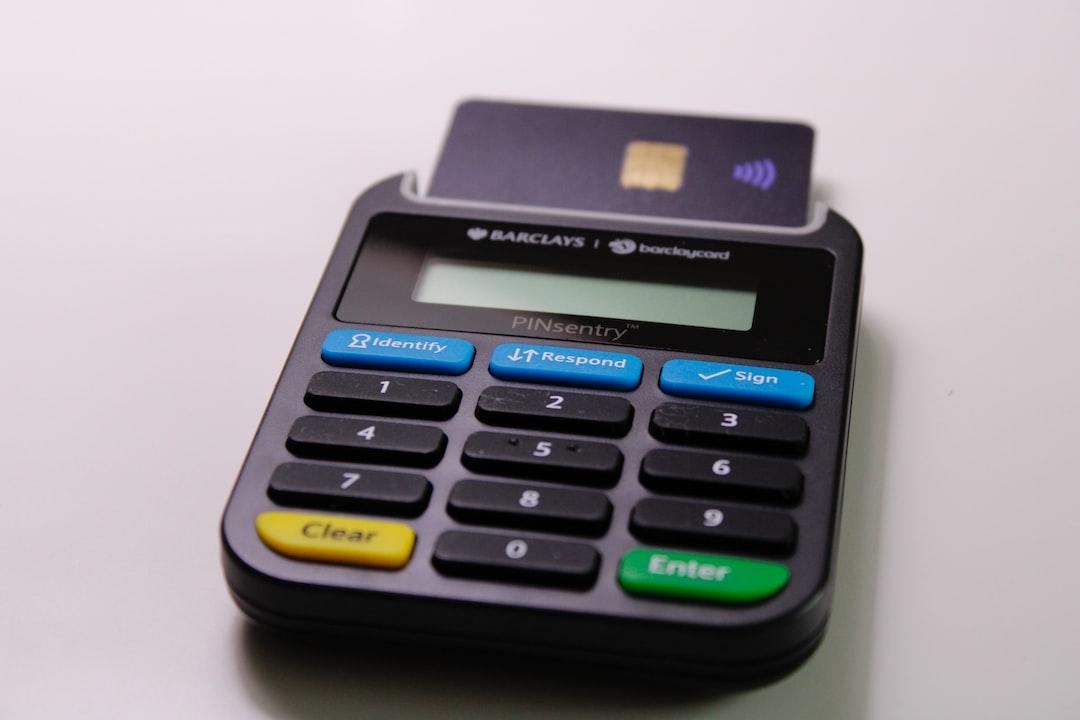The classification of Ethereum Layer 2 has been a topic of debate among many researchers and developers. On Monday (6th), two researchers debated the issue of Plasma, which attracted a response from Vitalik Buterin, co-founder of Ethereum.
(Background:
Vitalik’s call for the integration of OP+Plasma in the L2 Redstone chain game
)
Table of Contents:
Vitalik emphasizes that the core function of Plasma is “asset exit mechanism”
Vitalik proposed “ZK + Plasma” at the end of last year
Foundation researchers call for Ethereum orthodoxy
How to distinguish between types of Layer 2
The classification of Ethereum Layer 2 has been a topic of debate among many researchers and developers. L2BEAT, a well-known Ethereum Layer 2 research institution, and researcher Emmanuel Awosika had a debate and exchange, in which Vitalik Buterin also joined and mentioned the long-silent Rollup technology Plasma, which has rarely been mentioned by the Ethereum community since it entered the mainstream after Optimism and zero-knowledge proofs in 2021.
On Monday (6th), L2beat researcher donnoh.eth debated and exchanged views with researcher Emmanuel Awosika in a tweet published on the X platform. Unexpectedly, it attracted a response from Vitalik Buterin (V God). The content of the tweet is as follows:
donnoh.eth: TLDR, Redstone (Layer2): OP Rollup with off-chain data availability, no DA proof, but has DA challenge. They claim that this mechanism is “Plasma,” which means that the network is as secure as Rollup, but it is easy for the sequencer to exceed the spending of honest challengers and steal funds.

Emmanuel Awosika: If they claim it is Plasma, does that mean it is not as secure as Rollup? I think someone needs to explain why Plasma chains are different from Rollups with on-chain data availability, thus clearly indicating that “Plasma is not equal to Rollup.”
donnoh.eth: If a project has off-chain data availability and provides guarantees for users to withdraw funds, then the project is Plasma.
Emmanuel Awosika: This sounds like what RedStone is doing. It is not completely different from other implementations of Plasma, right? You still need to trust that someone keeps a copy of the state data needed to generate withdrawal Merkle proofs (or store data yourself).
I don’t think early implementations of Plasma had data availability challenges, so Redstone’s approach in this regard can be seen as a security enhancement. Specifically, how does Redstone use a chain to ensure data availability?
donnoh.eth: As long as there are altruistic challengers willing to burn money, you can withdraw. However, if the sequencer’s spending exceeds these challengers, he may submit a commitment that cannot actually be obtained.
Emmanuel Awosika: How does your Plasma version prevent data withholding attacks?
donnoh.eth: (Post V God’s article)
Emmanuel Awosika: However, the Plasma protocol described here does not prevent data withholding attacks. You can use SNARK to prevent invalid state transitions by proving that the state root published on the chain is calculated correctly, but you cannot accurately prove that the data behind the state transition is available.
Excerpt from the article:
Unless I missed something, you still need to deal with unavailable blocks, right? If the sequencer engages in malicious behavior and there is a network failure in off-chain data availability, Redstone will also encounter the same problem. Therefore, they don’t seem to be completely different. If I’m confused here, please let me know!
Vitalik.eth (V God): The main purpose of Plasma is not to prevent invalid or unavailable state changes, but to allow users with valuable assets to exit using the previous (valid and available) state when such situations occur, and to prevent duplicate exits of any assets through a self-consistent set of rules.
Plasma was first proposed in 2017 in a paper titled “Plasma: Autonomous Smart Contracts” by Vitalik Buterin and Joseph Poon, announcing it as a new scaling solution for Ethereum. However, the technology did not progress, and Plasma was very complex in terms of fund exits, making it difficult to become a truly viable scaling solution. However, the failure of Plasma was not in vain, and the emergence of zk-Rollup allowed people to see the potential direction of Layer 2 scalability. It can solve the data availability and exit complexity issues of Plasma.
In November 2023, V God gave a speech titled “Exit games for EVM validiums: the return of Plasma” at L2DAYS in Istanbul, followed by an update of the same-named blog post.
In the article, V God pointed out that while Rollups are more stable in terms of security, Plasma has an advantage in reducing transaction fees. However, with the emergence of validity proofs (ZK-SNARKs), Plasma can effectively solve the biggest challenge for payments – client data storage, and can create a Plasma-like chain that supports EVM, greatly enhancing the potential of Plasma.
At the end of the article, V God summarized:
In addition, Dankrad Feist, a member of the Ethereum Foundation and the proposer of Danksharding, made a controversial statement about “what is Layer 2.” He claimed that a modular blockchain that does not use Ethereum as the DA layer is not a Rollup and therefore not Layer 2. He also specifically mentioned that the solution Validium (ZK Rollup that does not release DA data on Ethereum) is also not Layer 2 due to security flaws.
Interestingly, Dankrad also stated that solutions like Plasma and state channels, which do not require on-chain data availability to ensure security, are still considered Layer 2.
However, this distinction between Plasma and Validium, both of which use off-chain DA layers, as Layer 2 and non-Layer 2 respectively, has led to suspicions of a double standard among netizens. In response, Dankrad stated that the standard for differentiation lies in “whether users can safely withdraw funds to Layer 1.”

Following Dankrad’s views, two weeks later, Ethereum Layer 2 research institution L2Beat renamed Optimistic Chain to Optimium (OP Rollup that does not use Ethereum as the DA layer). At the same time, they added a “Rollups only” button to the homepage of the L2Beat website, allowing viewers to hide information about Validium and Optimium and directly distinguish between Rollup and those scaling network solutions that do not use Ethereum DA layer.
Further reading:
A Brief Discussion of Celestia’s Business Ideas: Attracting Users to Ethereum Layer 2
However, there are dozens of solutions claiming to be “Ethereum Layer 2” in the market. How can we classify and summarize the types of these projects? We can make a quick judgment based on the proof mechanism and the introduction of the DA layer:
Validium: Validity proof + off-chain DA layer
Plasma: Fraud-proof + off-chain DA layer
OP-Rollup: Fraud-proof + Ethereum DA layer
ZK-Rollup: Validity proof + Ethereum DA layer
At the same time, L2Beat also classifies solutions that use “fraud-proof + third-party DA layer” as “Optimium” to distinguish them from projects that use third-party DA layers.
On the other hand, V God also pointed out in “Different types of layer 2s” that an important security indicator for Layer 2 is whether the assets can be safely withdrawn from Layer 2. Similarly, Dankrad also considers security as an important criterion for judging Layer 2.
However, V God mentioned earlier that the core function of Plasma is to “ensure that assets can be safely withdrawn,” and Dankrad also clearly stated that Plasma is considered Layer 2. In that case, if a scaling solution that uses a third-party DA layer can also allow users to safely withdraw assets, can it be considered as Dankrad’s definition of “Layer 2”? This is worth thinking about.

Related Reports
Michael Saylor: SEC will classify ETH as a security this summer, rejecting Ethereum spot ETF
Modularity Prevails! Why Ethereum EVM’s Monolithic Architecture Has Died?
JPMorgan: Bitcoin and Ethereum are not suitable for large transactions! Who is responsible if something goes wrong?

